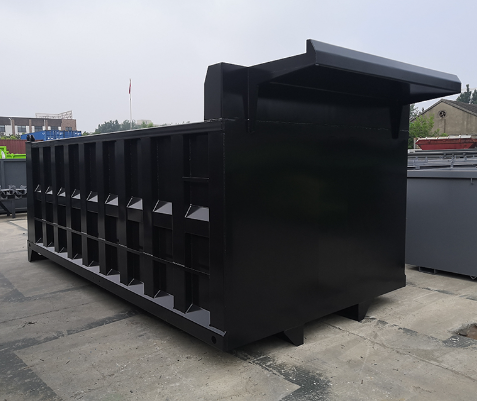
A dumper truck, also known as a dump truck, tipper truck, or simply a dumper, is a vehicle specifically designed for the transportation of loose materials such as sand, gravel, dirt, and rocks. It is widely used in construction, mining, and other industries where large quantities of materials need to be transported from one place to another.
The primary feature of a dumper truck is its hydraulic dumping mechanism, which allows the bed of the truck to be tilted and the load to be discharged at the desired location. This mechanism is made up of a rear-mounted hydraulic cylinder and a hinged rear bed. The basic working principle of a dumper truck can be summarized in a series of steps.
1. Loading: The first step is the loading of materials onto the truck's bed. This can be done through various methods such as shoveling, using a front-end loader, or filling the bed using a conveyor belt or other equipment.
2. Securing the load: Once the bed is loaded with materials, it is essential to secure the load to prevent any spillage during transportation. Some dumpers come equipped with a tailgate that can be closed or secured with chains, while others use a cover or tarpaulin.
3. Transportation: The loaded dumper truck then moves to the desired destination. The driver operates the vehicle, adhering to traffic rules and regulations while ensuring stability and control of the truck. The size and weight of the load dictate the speed and precautions that need to be followed during transportation.
4. Tilting the bed: Upon reaching the unloading site, the operator activates the hydraulic system to tilt the bed. This is typically done by pressing a control switch located within the truck's cabin. The hydraulic cylinder extends, applying force to the rear bed, gradually lifting it to an inclined angle.
5. Discharging the load: As the bed raises, the load starts to slide down the bed towards the rear, guided by the gravity. The load exits the truck through the opened rear end, thereby unloading the materials onto the designated location. The operator can control the speed and angle of the bed to ensure controlled and efficient unloading.
6. Lowering the bed: After the entire load has been discharged, the operator reverses the hydraulic system, causing the bed to lower back into its horizontal position. This also ensures that the dumping process is completed smoothly without causing any damage or instability.
7. Securing the empty bed: Once the bed is lowered, it can be secured with the tailgate or other mechanisms to prevent the entry of debris or dust and to ensure the overall safety of the truck during transportation.
In addition to the hydraulic system, modern dumpers often come equipped with advanced features such as automated controls, anti-lock braking systems, and sensors for monitoring load weight and stability. These advancements enhance the efficiency, safety, and reliability of dumper trucks.
Overall, the dumper truck's primary function is to transport and unload materials efficiently and conveniently. Its hydraulic dumping mechanism enables quick and controlled unloading, saving time and manpower in construction and mining operations, and contributing to the overall productivity of various industries.




Commento
(0)